
For Vicki & Jessa,
my beginning, middle, and end,
all my love always, David
Contents
Acknowledgments
I would like to thank George Witte for his patience, insight, flexibility, and faith. Had he not been so generous with those fine attributes, this book would never have come to fruition. Many thanks go to Don Bohlinger and Tom Abrams for their timely advice, and to Alex Zamm and Lee Mayes for their helpful responses to the manuscript. I would especially like to extend my appreciation to all my former students around the world for asking why, how, what, when, and where so insistently to every aspect of what makes a story work. Their desire to know has given shape to all that follows here.
Preface
After the publication of The Tools of Screenwriting , a great many of my students and colleagues, filmmaking professionals with whom I consult and work, and readers of that book wished that there might be a companion book specifically about story structure. Here, I am happy to oblige that desire even while I insist that story structure is not the be-all and end-all of screenwriting. To say that everything in screenwriting boils down to how the story is structured is analogous to saying that architecture is simply about how I beams are assembled and welded into the frame of a skyscraper. Clearly that metal framework is importanta tall building will fall if there is a faulty structure. But to the end user of the building, this structure is usually invisible. Even if the structure is left visible, as in some modern deconstructionist architecture, it is turned into a design element. The same things are true for structure in a film. Most of the time it is invisible, and, when it is visible, its made into a design element. And most important of all, the structure usually doesnt matter much to the end user, the audience, despite how much its absence would be felt.
What matters to the user of a building is the way it can be utilized, its purpose and content, its accessibility and ease of use, what he hopes to gain from it. Again, the same is true for the user of a story; the audience is usually much more concerned with the impact the story has on them, its content and accessibility and the purpose it fulfillsemotional connection, intellectual stimulation, spectacle, or some combination of these three basic uses of stories. The architect cant make his building fulfill its intended functions without a solid structure, and the screenwriter cant make a story fulfill its functions without the same. So in this sense, structure is utterly crucial to building an effective story. But it is only part of the building process. For this reason, I will weave together discussions of what a solid structure is and how to achieve it with extensive discussions of content, purpose, accessibility, and even ease of use. Story building cannot really be separated from what the story is about, what its intended purpose is, how the audience will have the story revealed to them, and how effectively they are made to connect to it.
What I strive to do in the following essays is break down all these individual elements of screenwriting so they can be discussed at length. I also point out not only the ways these elements can be used most effectively and classically, but also ways they can be changed and manipulatedand what the expected results of those manipulations will be. The final goal here is not to see a story as a mechanical processwelding I beams togetherbut as the creation of an organism that takes on its own life, makes demands of its own, and may not even obey its creator. In some way, every screenwriter is a Dr. Frankenstein. We cobble together parts that we assemble from hither and yonand were not above skullduggery in the wee hours of the morningand then hope for a spark that will bring it to life. We hope our creations dont come back to hurt us or others, but creating life is a dangerous business, one fraught with risks.
Story and Storytelling
We will start with an overview of the various typical elements of a story and their importance in the overall scheme. Then well separate story from storytelling for a more in-depth discussion of all the various elements at use in stories; how they interact, augment, or compromise each other; and how they are perceived by the audience .
The Story
Readers of The Tools of Screenwriting will remember there is one basic dramatic circumstance: Somebody wants something badly and is having difficulty getting it . This dramatic circumstance is at the heart of every well-written scene and is a significant element in every well-told story. But it isnt a definition of a story any more than this is a definition of a living human being: a heart pumping blood through veins and arteries to and from the lungs and brain for the replenishment of oxygen and nutrients. To look for a definition of a story, we must wrestle with a chicken-and-egg controversy. Can a story exist without an audience? Does the story attract an audience, or does the presence of an audience enable the story to become complete? Which comes first?
Clearly the material out of which a story is woven can exist without an audience. The words on a page or in the mouth of a storyteller dont need a reader or listener in order to exist. And a filmed story could exist with characters and events depicted on film, but never be seen by an audience. But in order for even one person to know the storyread the story, hear the story, see the storythen a transfer must be made. An audience of at least one is necessary for the transfer of a story to take place. Without that transfer from storyteller to audience, the story can be nothing more than ink on paper or sound waves or shades of color on film. That is to say, a story may exist outside of its audience, but it gains no value until it reaches an audience of at least one. The difference between an audience of one and an audience of millions is negligible, at least in defining what a story is and is not.
So a story requires an audience in order to have value, but what is that value? The teller of a story intends to have some kind of impact on his audience. The intention could be to make a friend laugh, to make a traffic cop not write a speeding ticket, to make a whole group of people think or cry or gasp or shriek. The intention could be to explain to the doctor where the pain is or to convince Mommy that Ill die before dinner if I dont get a cookie right now! Stories are used by nearly every human being nearly every day. We could then say: Stories involve the transfer of some kind of information from the teller to at least one person with an intention to create some kind of impact upon that audience. But not all information can create such an impact. Just pure datanumbers or lists of nuts and boltsis transferable information, but it wont have an impact on the audience unless it already means something to them. A mechanic might be ecstatic to discover exactly what he needs in a list of nuts and bolts, but an indifferent audience would receive no impact from the same transfer of information.
Does this limit us to telling stories only to an audience that is already interested in the material? Not at all. The creation of interest within the audience is a crucial part of storytelling, and the means to achieve it is through character and action. One or more characterswho want somethingprovide the audience with the opportunity to connect with the transfer of information. Rather than depend upon the audience to bring a desire with them, a story itself should be capable of generating in the audience a desire to connect. But in a way, this brings us back to the chicken and the egg. Does the story itself automatically make the audience care, or is it the storytelling that makes them involved? Here, at least, we have a simple answer. Its the storytelling, not the events in the lives of the characters, that is the means to audience involvement, as well discuss at length.


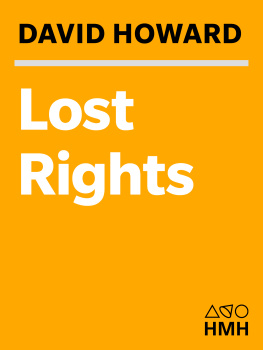
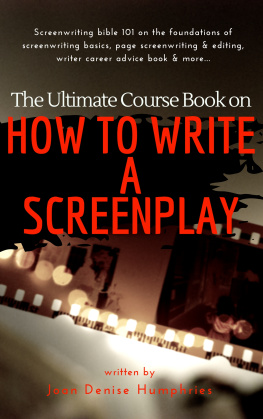



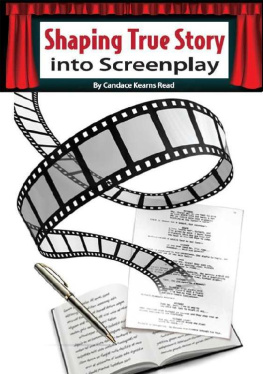
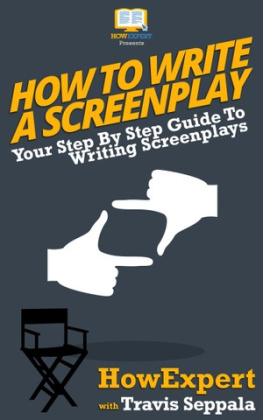
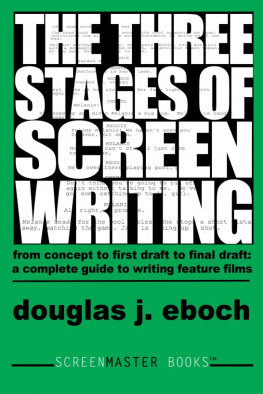
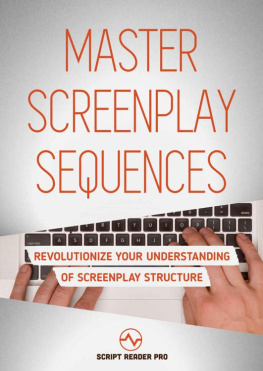

![Watt - The 90-day screenplay : [from concept to polish]](/uploads/posts/book/103527/thumbs/watt-the-90-day-screenplay-from-concept-to.jpg)

